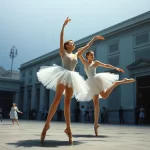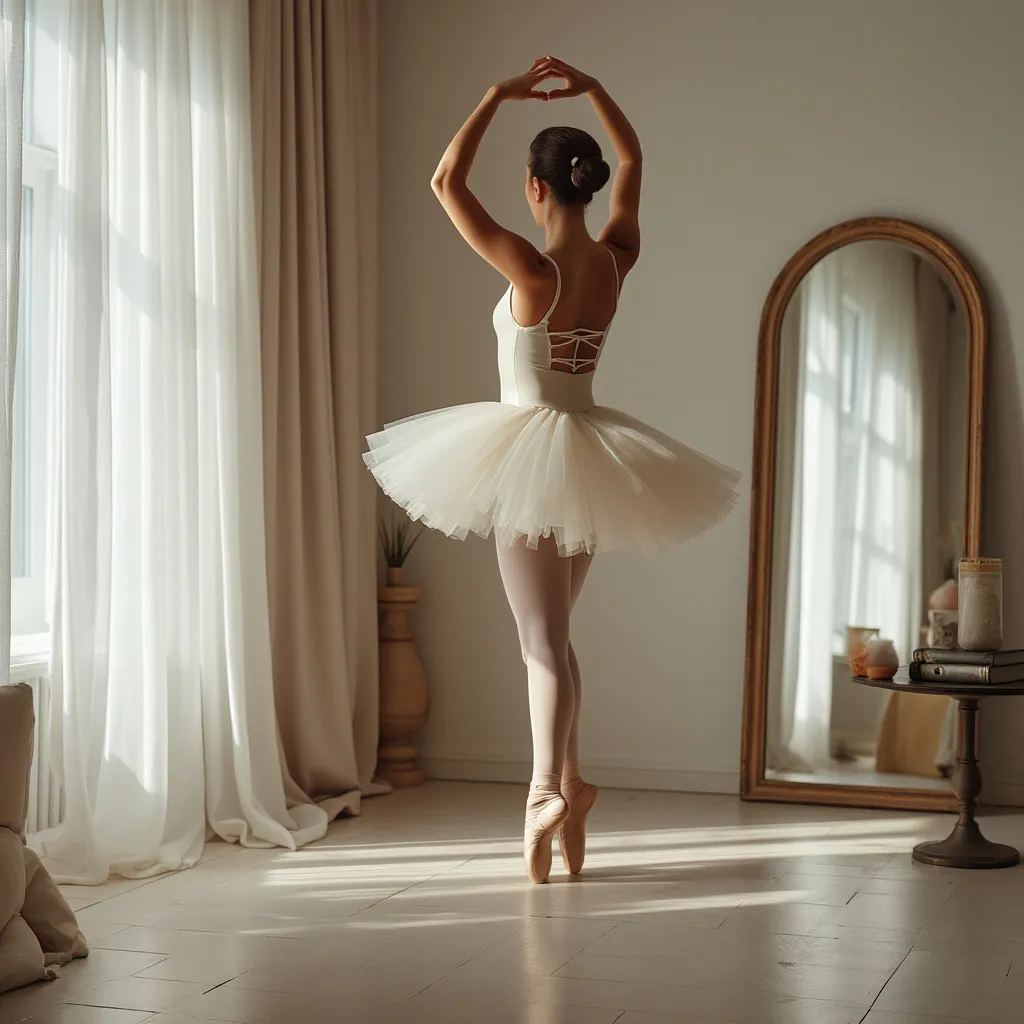Ballet and Society: How Ballet Reflects and Shapes Cultural Values

Introduction
Ballet, a highly stylized and disciplined form of dance, has been a significant cultural force for centuries. Originating in the Italian Renaissance courts of the 15th century and later flourishing in France and Russia, ballet has evolved into a global phenomenon. This article explores how ballet reflects and shapes cultural values, examining its historical context, societal impact, and contemporary relevance.
The Historical Context of Ballet
Origins and Evolution
Ballet’s roots can be traced back to the Italian Renaissance, where it began as a form of court entertainment. It was Catherine de’ Medici, an Italian noblewoman who became the Queen of France, who introduced ballet to the French court in the 16th century. The art form gained prominence under the reign of Louis XIV, who founded the Académie Royale de Danse in 1661. This institution laid the groundwork for the codification of ballet techniques and terminology.
19th Century Romanticism
The 19th century marked the Romantic era in ballet, characterized by an emphasis on emotion, individualism, and the supernatural. Iconic ballets like “Giselle” and “La Sylphide” emerged during this period, reflecting societal fascination with ethereal and otherworldly themes. The Romantic era also saw the rise of the ballerina as a central figure, symbolizing purity and unattainable beauty.
20th Century Modernism
The 20th century brought significant changes to ballet, influenced by modernist movements in art and literature. Choreographers like George Balanchine and Martha Graham introduced new techniques and themes, challenging traditional norms. Ballet began to incorporate elements from other dance forms, such as jazz and contemporary dance, reflecting a more diverse and inclusive cultural landscape.
Ballet as a Reflection of Cultural Values
Gender Roles and Stereotypes
Ballet has historically reinforced traditional gender roles, with male dancers often portraying strong, heroic figures and female dancers embodying grace and delicacy. However, contemporary ballet is increasingly challenging these stereotypes. Choreographers are creating works that explore gender fluidity and non-binary identities, reflecting broader societal shifts towards gender equality and inclusivity.
Class and Social Hierarchies
Historically, ballet was an art form patronized by the aristocracy and elite classes. The opulent costumes, grand sets, and exclusive venues underscored its association with wealth and privilege. Today, efforts are being made to democratize ballet, making it more accessible to diverse audiences. Community outreach programs, affordable ticket initiatives, and digital streaming platforms are helping to break down these barriers.
National Identity and Cultural Heritage
Ballet has often been used as a tool for expressing national identity and cultural heritage. For instance, Russian ballet companies like the Bolshoi and Mariinsky have played a crucial role in promoting Russian culture globally. Similarly, American ballet companies have incorporated elements of American history and folklore into their repertoires, reflecting the country’s diverse cultural landscape.
Ballet’s Influence on Society
Education and Discipline
Ballet training is renowned for its rigor and discipline, qualities that extend beyond the dance studio. Many former ballet students credit their training with instilling a strong work ethic, perseverance, and attention to detail. These attributes are highly valued in various professional fields, from medicine to business.
Body Image and Health
Ballet has a complex relationship with body image and health. The pursuit of the “ideal” ballet body has led to issues such as eating disorders and mental health struggles among dancers. However, there is a growing movement within the ballet community to promote body positivity and mental well-being. Initiatives like the Healthy Dancer Project aim to create a more supportive and inclusive environment for dancers of all shapes and sizes.
Artistic Expression and Innovation
Ballet continues to be a powerful medium for artistic expression and innovation. Contemporary choreographers are pushing the boundaries of the art form, experimenting with new techniques, themes, and multimedia elements. This ongoing evolution ensures that ballet remains relevant and resonant in today’s fast-paced, ever-changing world.
Contemporary Ballet and Cultural Relevance
Diversity and Inclusion
In recent years, there has been a concerted effort to increase diversity and inclusion within the ballet community. Companies are actively recruiting dancers from underrepresented backgrounds and creating works that reflect a broader range of cultural experiences. This shift is helping to make ballet more reflective of the diverse societies in which it exists.
Technology and Digital Media
Technology and digital media are transforming the way ballet is created, performed, and consumed. Virtual reality, live streaming, and social media platforms are making ballet more accessible to global audiences. These innovations are also providing new opportunities for collaboration and creative expression, ensuring that ballet remains a dynamic and evolving art form.
Social and Political Commentary
Contemporary ballet is increasingly being used as a platform for social and political commentary. Choreographers are addressing issues such as climate change, social justice, and human rights through their work. This trend reflects a broader societal shift towards using art as a means of raising awareness and inspiring change.
FAQ
What is the origin of ballet?
Ballet originated in the Italian Renaissance courts of the 15th century and was later introduced to the French court by Catherine de’ Medici. It gained prominence under the reign of Louis XIV, who founded the Académie Royale de Danse in 1661.
How has ballet evolved over time?
Ballet has evolved significantly over the centuries, from its origins as court entertainment to the Romantic era’s focus on emotion and the supernatural, to the modernist innovations of the 20th century. Contemporary ballet continues to push boundaries, incorporating diverse influences and addressing current social issues.
How does ballet reflect cultural values?
Ballet reflects cultural values in various ways, including its portrayal of gender roles, class and social hierarchies, and national identity. It has historically reinforced traditional norms but is increasingly challenging these conventions to reflect broader societal shifts towards inclusivity and equality.
What impact does ballet have on society?
Ballet has a significant impact on society, influencing areas such as education, discipline, body image, health, and artistic expression. It instills valuable qualities like perseverance and attention to detail, while also serving as a powerful medium for innovation and social commentary.
How is contemporary ballet addressing issues of diversity and inclusion?
Contemporary ballet is making concerted efforts to increase diversity and inclusion by recruiting dancers from underrepresented backgrounds and creating works that reflect a broader range of cultural experiences. This shift is helping to make ballet more reflective of the diverse societies in which it exists.
What role does technology play in modern ballet?
Technology is transforming modern ballet by making it more accessible through virtual reality, live streaming, and social media platforms. These innovations provide new opportunities for collaboration and creative expression, ensuring that ballet remains a dynamic and evolving art form.
Conclusion
Ballet is a multifaceted art form that both reflects and shapes cultural values. Its historical evolution, societal impact, and contemporary relevance highlight its enduring significance. As ballet continues to adapt to changing cultural landscapes, it remains a powerful medium for artistic expression, social commentary, and cultural exchange. By embracing diversity, innovation, and inclusivity, ballet will continue to inspire and resonate with audiences around the world for generations to come.

